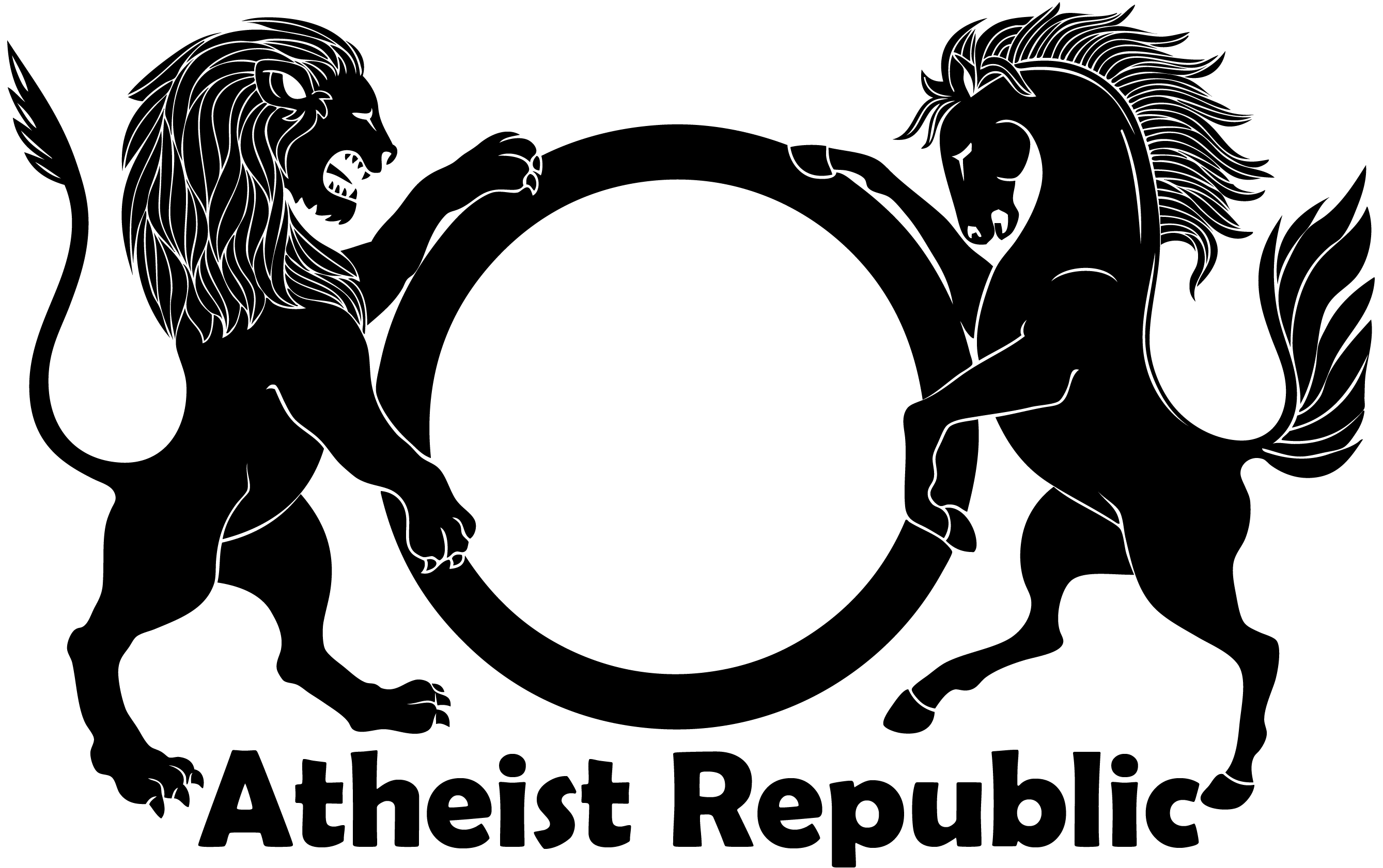Back in the day I made several short threads arguing that the simplicity of the narrative, with which eyes are said to have evolved, often bypasses important issues and obstacle that it should account for. For example, it ignores the most important part of vision, which is the brain. It is not enough to have cells that are sensitive to light, organisms need to know what to do with that information and how to transform it into action. Those threads dealt with the puzzle of processing visual information. For example, knowing that an object is becoming larger, as opposed to coming at you. Knowing that a rectangle looks like a trapezoid when tilted. Or if you have two eyes, knowing that you are looking at a single object and not two identical ones.
The obstacle I want to present today is that of self-awareness. An organism must know its own body in order to understand how to navigate and interact with its visual world (Warren, 1984). Each organism inhabits a unique niche in the environment, a world which only they can exploit and navigate. A woodpecker finds in a tree the opportunity to do some pecking, a monkey the opportunity to climb, a bear the opportunity to scratch its back, and a human the opportunity to build a house.
Examples of this self-environment awareness includes findings that the frequency with which frogs jump through an aperture decreases as the width of the aperture approximates the frog’s size, implying that the frogs are aware of what sizes allow its body to pass through (Ingle & Cook, 1977). Research on mantis shows that it perceives which sizes of prey are optimal for grasping and which aren’t (Holling, 1964). More importantly, the decision to attack or retreat from a predator, often depends on the relative size of the predator as compared to the prey (Branch, 1979).
In other words, to have vision in any meaningful sense, requires not only some ability to process what you are seeing, but also the ability to recognize how your body can interact with what you are seeing.
References:
-Ingle, D., & Cook, J. (1977). The effects of viewing distance upon size preference of frogs for prey. Vision Research, 17, 1009-1019.
-Holling, C. S. (1964). The analysis of complex population processes. Canadian Entymologist, 96, 335-347.
-Branch, G. M. (1979), Aggression by limpets against invertebrate predators. Animal Behavior, 27, 408-410.
-Warren, W. H. 1984. Perceiving affordances: Visual guidance of stair climbing. Journal of Experimental Psychology, 5, 683-703
Subscription Note:
Choosing to subscribe to this topic will automatically register you for email notifications for comments and updates on this thread.
Email notifications will be sent out daily by default unless specified otherwise on your account which you can edit by going to your userpage here and clicking on the subscriptions tab.





























Pages